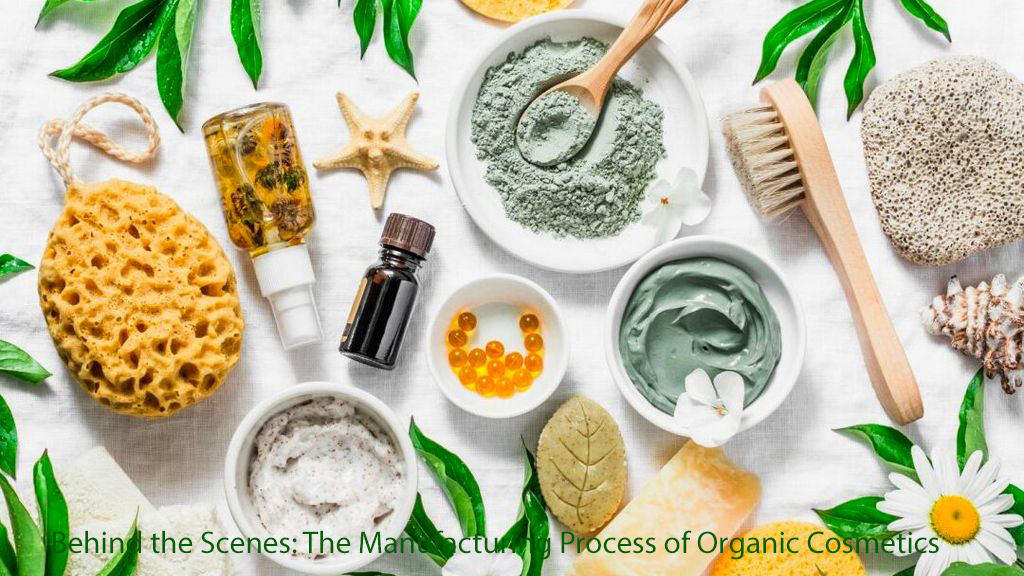The demand for organic cosmetics has increased in recent years as consumers have become more conscientious about the beauty products they use. People are looking for products that are not only good for their own skin but also have a small positive impact on the surrounding environment. Organic cosmetics, in contrast to conventional cosmetics, are produced using only natural and renewable resources, and their production method is distinct from that of conventional cosmetics. In this article, we will take a look at the manufacturing process of organic cosmetics from behind the scenes.
The Sourcing of Ingredients
The gathering of organic components is the initial step in the production of organic cosmetics, and it is the step that comes first. The manufacturer is required to source ingredients that are natural and sustainable from reputable vendors who are accredited to provide organic raw materials. The cultivation of these components does not involve the application of any synthetic pesticides, herbicides, or fertilizers. They are also harvested using farming practices that are both ethical and environmentally responsible, thereby protecting the natural environment.
Formulation
The subsequent step, formulation, occurs after the ingredients have been sourced. Formulation is the process of combining organic ingredients in the right proportions to create a product that provides the desired benefits. This process creates a product that can be formulated. In this stage of production, the manufacturer makes certain that the organic components are of the highest possible quality and purity in order to guarantee the product’s full potential.
Production
Organic cosmetics are made through a unique manufacturing process that is distinct from conventionally produced cosmetics. It is the responsibility of the manufacturer to ensure that the integrity of the product’s components is preserved throughout the manufacturing process. Organic cosmetics typically undergo a labor-intensive and drawn-out manufacturing process in order to protect the purity of their constituent parts. Organic cosmetics may, in some instances, be produced in relatively small batches so that their quality and freshness can be preserved.
Packaging
Packaging is another important consideration for organic beauty products. It is necessary for the packaging to be sustainable and friendly to the environment. Organic beauty products are typically packaged in recyclable materials such as glass or plastic that can be reused. The product’s integrity should also be protected by the packaging, which should prevent both contamination and deterioration of the item.
Assurance of Quality
The quality control process is the very last step in the manufacturing process of organic cosmetics. Controlling quality ensures that a product meets all of the specified requirements for its level of quality. The manufacturer is responsible for conducting tests on the product to validate that it is risk-free, effective, and devoid of any potentially hazardous chemicals.
In conclusion, the process of manufacturing organic cosmetics is distinct from the process of manufacturing conventional cosmetics. Organic cosmetics are produced using components that are both natural and sourced from renewable resources. Additionally, the manufacturing process for organic cosmetics is labor-intensive and time-consuming. The production of organic cosmetics requires a careful balancing act between a number of factors, including the impact on the surrounding ecosystem, the integrity of the ingredient sourcing process, the product’s overall quality, and its level of efficacy. Organic cosmetics producers need to be mindful of every step of the production process, from the sourcing of ingredients to the quality control, in order to produce organic cosmetics of the highest possible quality and safety that are also capable of satisfying the growing demand for natural and environmentally friendly beauty products.


No comment